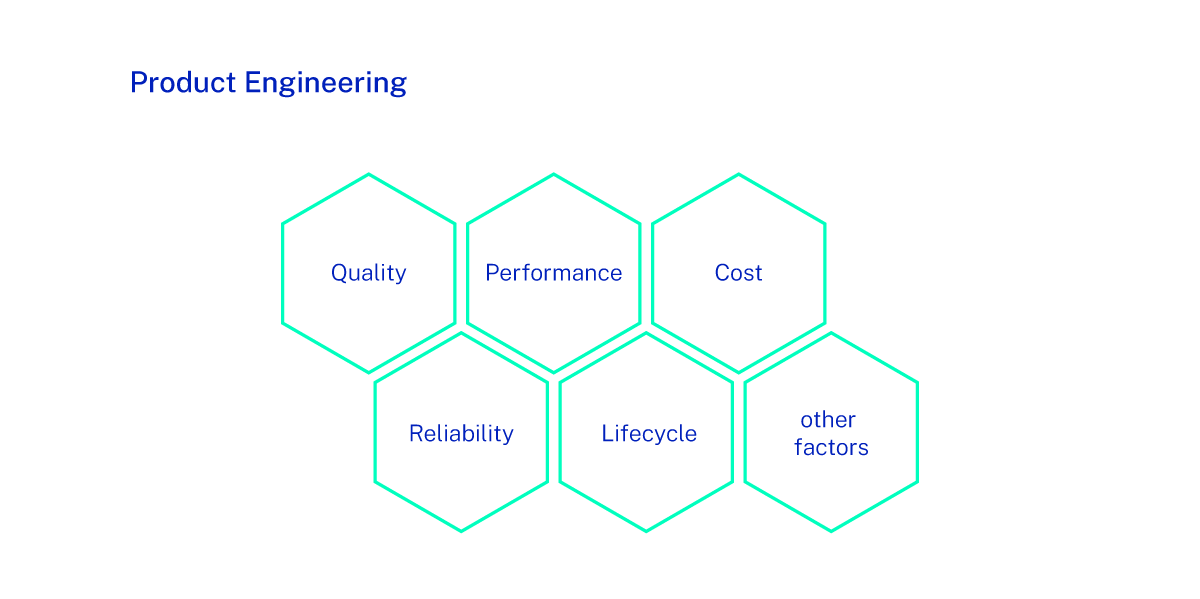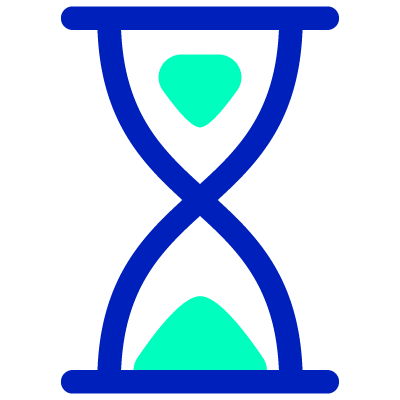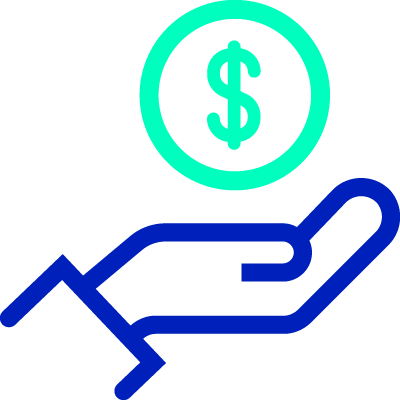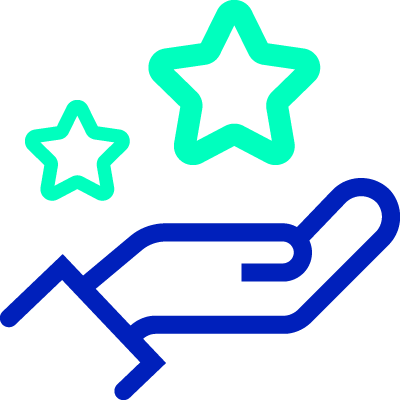The process of developing a new product, from the very first idea through to its life in the marketplace, can be long and complex. It’s one that can be full of obstacles, from unclear objectives and development complications, to muddled design and a lack of thorough testing. Add all this to the pressures of business viability, and getting to market as quickly as possible, and it’s easy to see why so many organizations make mistakes along the way.
The best way to ensure that these hazards don’t affect development is through product engineering, which helps organizations cut out the expense, inefficiency and ambiguity from the whole process - and beyond. This blog explains how it works in detail, and why the business benefits of product engineering stretch far further than just the bottom line.
What is product engineering?
Product engineering is the process of creating and developing a product throughout its lifecycle, from initial concept all the way to the end of its usable lifespan. It encompasses design, development, testing and product maintenance, and can be applied to digital products as much as physical ones.
Good product engineering takes a holistic approach to the value and effectiveness of a product. Quality, performance, cost, reliability, lifecycle, performance and other factors are all taken into account, with the goal of maximizing the product’s effectiveness in every area.

What does this service mean for business?
At a time of high competition in many business areas, and increasing expectations from consumers and end-users, ironing out all the flaws within a product has never been more important. This means being able to create better products at scale, more efficiently and at a more consistent quality: product engineering enables that in a way that’s organized, agile and adaptable to changing market conditions.
Looking more specifically at technology and digital products, the rise of digital transformation means that businesses are looking for new solutions and innovations all the time, and are looking at software development businesses to deliver them. Product engineering is the best way to get exciting new products to market quickly, without compromising on quality, reliability or capability
The five phases of product engineering
In practice, the product engineering process can vary slightly, depending on the type of product, technology and expertise involved. But speaking generally, this five-step journey puts most teams of product engineers on the right track:

1. Ideation
This is the initial stage of producing a product concept, but in product engineering, it involves much more than just coming up with a simple idea. It also requires some strategy around how the idea can realistically be transformed into a successful product; often, this will include market research, product discovery and analysis by subject matter experts to assess the product’s viability. The end product of this stage should be a clear idea of what the product should look like, what its objective should be, and what needs to happen in order to get there.
2. Design
With the ideation phase complete, the detailed design of the product can start to be created. With specific regard to digital products like software and applications, this should involve thorough scoping of architecture and user interface, and a full selection process of its functions and capabilities.
While some functions will be essential, others may be less important and could deliver less value, either in terms of ROI or development resource. It’s at this stage that all functions should be assessed and discussed, to work out which of them are suitable and viable to be included in the final product.
3. Development
Now the actual product development can begin in earnest, and this involves bringing several different types of stakeholder together. As well as the expert developers, designers and architects involved, there needs to be careful process management to ensure that the product development remains on time, on budget and on the right track.
Alongside this, it’s essential that proven methodologies and development capabilities are used, so that the product being developed is sufficiently innovative and up-to-date. If a business doesn’t have this in-house, then working with a third-party expert can augment existing teams and complete the experience and expertise pool required.
4. Testing
Once the product has been developed, it’s essential that it goes through comprehensive and rigorous testing and Quality Assurance processes. This should include end-to-end testing and performance testing, and ideally will use some automated and AI-driven tools that can test at a speed and scale beyond the level of human endeavor. The tolerance among end-users for products that are full of bugs or don’t work as they’re expected to is lower than ever, so it’s critical that testing is as thorough as possible to iron every possible imperfection out of the product before go-live.
5. Launch
Only once the previous four stages have been completed in full can a product be released for launch - but that is by no means the end of the story.
This is for two reasons, the first being the need to monitor user feedback and customer usage so that post-live improvements can be made. Even with the most rigorous testing processes, it’s still entirely possible that unforeseen mistakes and bugs can slip through the net, so listening out for feedback and making quick fixes is critical.
The second reason is because the world of technology doesn’t stand still, and the constant need to innovate means that there should be a focus on continuous improvement. Returning to some of the previous phases can help expedite the introduction of upgrades, patches, and new functions and features.
What is the role of product engineering?
So how does product engineering fit into a wider business? When product engineering is done right, then customer and user experiences both improve. And when CX and UX are as good as they possibly can be, then customer feedback and loyalty improves, and sales go up in the long-term.
Simply put, it’s the best way of ensuring that any idea suggested and product developed drives maximum value and makes the biggest possible contribution to the bottom line.
The benefits of product engineering for business growth
As well as that impact on finance overall, the feelgood factor of product engineering can spread throughout an organization, and give it a solid platform for growth in a number of different areas:
 Quicker turnaround of product launches
Quicker turnaround of product launches
Speed-to-market is absolutely crucial in the modern technology landscape, but this can’t come through compromising quality and reliability. Product engineering can help focus and expedite both design and development processes, especially when using technology like automation, AI, simulation and modeling. This makes it more likely that design and development is right first time, cutting out costly and time-consuming iterations that can hold the process back and prevent organizations from grabbing first-mover advantage.
 Better quality of product development
Better quality of product development
The processes within product development ensure that any issues are detected as early as possible. This could be in the initial concept stage, through the development process, or anything flagged up by quality assurance and testing methodologies. All these efforts throughout the development lifecycle ensure that only products of the highest quality and reliability go forward to be launched to the public.
 Greater cost savings
Greater cost savings
On top of boosting the bottom line through greater sales, product engineering can also yield some substantial cost efficiencies internally, too. The use of automation and AI can reduce the dependence on expensive manual skills; cloud storage means that hardware costs can be cut back; while more organized and streamlined processes can improve productivity at every stage of the process. Collectively, they allow organizations to do much more, potentially for much less.
 Improved team efficiencies
Improved team efficiencies
Similar to the previous point, having a more streamlined and efficient process can make the whole team involved feel better about their work, too. When they feel empowered by positive results and excellent customer feedback, then they will be inspired to continue in the same way and push on for even greater success in the future. Not only does this make for a more constructive and collaborative working environment, but it also encourages greater employee loyalty; this last point can’t be underestimated at a time when skilled workers are harder than ever to attract and retain.
 Stronger CX
Stronger CX
Product engineering is ideal for ensuring that concepts, design and development remain aligned with user needs all the way through the process. This gives the product the best possible chance of resonating with the user and giving them the experiences they want and expect.
Alongside this, AI and machine learning are also making it far easier for personalization to be built into products, as user behavior and preferences can be better understood. This can be researched at the ideation stage, designed into different functionalities at the design stage, then form a core part of development.
In summary
Every part of the product engineering process is vital to allow successful, innovative and user-focused products to reach the marketplace quickly, and thrive once they’re there. But as you’ll have read in this blog, it can often be a substantial undertaking, one that relies on a lot of organization, experience and expertise along the way.
This is where Ciklum’s position as a product engineering leader stands us out from the crowd: whichever parts of the process you feel you need support with, we have the people and technology to help. Our embedded teams can work closely with your in-house developers and product engineers, helping you bring your concepts to commercially viable life, while we also offer managed services that can help you with ongoing support and continuous improvement.
Learn more about our product engineering philosophy, then discover our range of solutions including solution discovery, DevOps, digital assurance and more.
Blogs



































